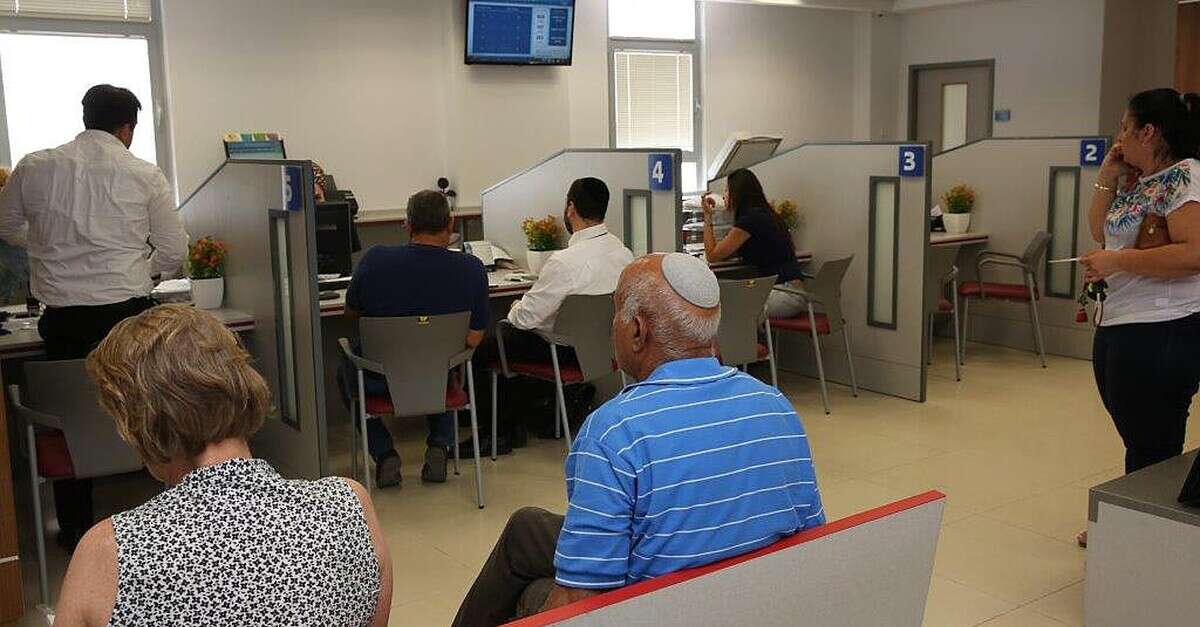
The Enforcement and Collection Authority in the Ministry of Justice, which is in charge of the Execution System and the Center for the Collection of Fines, Fees and Expenses, published this morning (Sunday) a report on the Authority’s activities for 2020.
The data show that In 2020, 313,169 cases were opened – an increase of almost 13,000 compared to the previous year (2019), during which 300,370 cases were opened. Most cases were opened at the Tel Aviv Execution Bureau (29%). Most of the new cases that have been opened are of the type of claims for a fixed amount (47%), 21% of checks and banknote cases and 13% of toll road cases. Together they constitute about 82% of the cases that are opened directly in execution, without prior judicial proceedings.
Most of the debts that are opened in execution are low debts of up to NIS 5,000. About 64% of the cases opened in 2020 were opened with an opening amount of up to NIS 10,000.
Another interesting statistic, represented for the first time in the report, is a chapter dealing with the debts of young people aged 18 to 26. As of the end of 2020, there are 43,438 debtors in execution, with 108,165 cases. On average each debtor holds 2.5 cases and the average opening debt is NIS 39,139. The average duration of the debtor in execution from the opening of the oldest case in stock is 2.1 years, and 60% of the young debtors are non-Jews.
Israelis are in no hurry to pay fines
An interesting statistic that emerges from the report relates to the percentage of fines paid by citizens since the outbreak of the corona crisis. According to the report, starting in March, when the crisis broke out, all the corona fines imposed by the Israel Police were transferred to it. As of the end of 2020, 432,286 fines with a debt of NIS 250 million were received, of which NIS 62,681,701 were paid. For not wearing a mask with 283,547 fines, the second place is an exit from the place of residence for an action or purpose that is not allowed with 70,015 fines and the third place is an exit to the public space for a purpose or action that is not listed in the regulation with 39,591 fines.

As of the end of 2020, the inventory of the Center for Collection of Fines stands at 3,025,058 open cases, including pre-debt cases. Most of the inventory files are police reports with about 44%, of which the amount of the debt is about 14% of the total debt amount at the opening of the inventory of the files. At the center for collecting fines, there are 661,381 debtors as of the end of 2020, compared with 482,459 debtors at the end of 2019. Of these, at least 37% have one case open for execution.
Fines for cannabis consumption began to be collected at the center for collecting fines from July 2018 and in 2020 17,408 reports were received, most of them (82%) for the first offense and the rest (18%) for the second offense.
Most of the cases were opened for less than NIS 50,000
In the enforcement system, there are 245,051 winners as of the end of 2020. About 79% of the winners are private winners and 19% companies. 71% of the winners have one portfolio in execution, but they only hold 8% of the portfolio. Most of the portfolios are associated with the financial services and insurance services industry, of which less than 33% of the winners are banks. The report shows that there will be a decrease in the opening of portfolios by banks in 2020. This is 34,657 compared to 38,076 in 2019. This is compared to an increase in the opening of cases by all institutional bodies.
As of the end of 2020, the number of execution cases in stock is 2,189,008 open cases, including consolidation cases. This is a decrease of about 35,000 bags from the stock that was last year. The decline in the portfolio of cases in execution continues. At the time of the establishment of the Authority, there were 3,554,274 open portfolios in stock, and for about a decade the inventory was reduced by more than one million portfolios.
In 2020 about 80% of the cases were opened online, compared to about 50% of the cases in 2017. While the opening of cases online is increasing, the opening of cases in secretaries decreases over the years and decreased significantly in 2020 along with the corona crisis which significantly reduced audience acceptance Bureaus. With the establishment of the Authority all the cases were opened frontally.
The record holder from the south who leads in execution cases
The Director of the Enforcement and Collection Authority, Tomer Moskowitz, commented on the report: “The transition to the use of the” Interlocking Tools “computer system in execution has greatly expanded the basket of services provided to the parties online and significantly reduced the need to visit enforcement offices. The high capabilities for online activities that exist in the PA, allowed us to provide the full range of services to winners and debtors even during the corona period. In addition, the Center for the Collection of Fees, Fees and Expenses greatly expanded its activities in the year of the reports and began to collect, among other things, the fines imposed on citizens for violating the war orders in Corona.
The report was prepared in the Division for Research and Policy Planning by Ms. Rivka Aharoni, Vice President of the Division, Mr. Rafi Golan, Yolanda Golan and Dan Ben Simon, Vice President of Information Systems, and Maya Greenberg, Vice President of the Execution System..